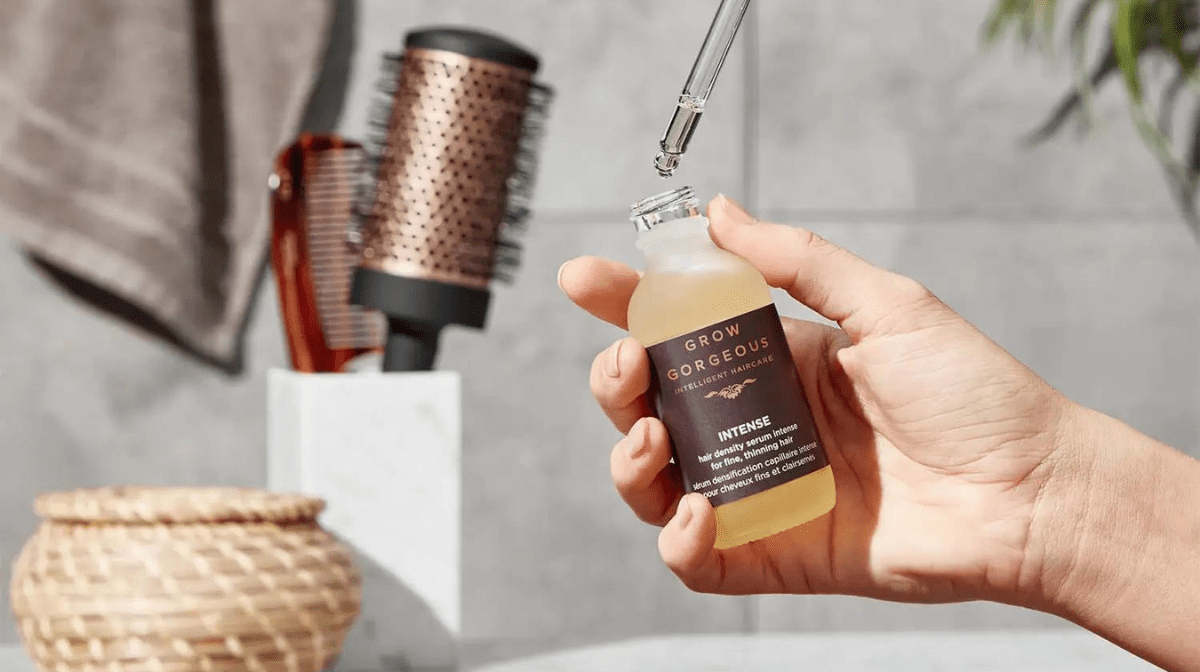Understanding Why Hair Loss Happens
Before diving into treatments, it’s important to understand the causes. For both men and women, hair loss typically stems from:
- Genetic factors (androgenetic alopecia)
- Hormonal imbalances (e.g., pregnancy, menopause, thyroid disorders)
- Stress and lifestyle
- Medical conditions (like alopecia areata, scalp infections)
- Medications (chemotherapy, antidepressants)
Identifying the root cause is the first step toward choosing the most appropriate hair loss solution.
FDA-Approved Hair Loss Treatments
Two of the most widely researched and recommended hair loss treatments are:
Minoxidil (Rogaine)
- Over-the-counter topical treatment
- Increases blood flow to hair follicles
- Available in foam or liquid form
- Effective for both men and women, especially in early stages
Finasteride (Propecia)
- Prescription-only oral medication
- Primarily used by men
- Blocks DHT, a hormone that shrinks hair follicles
- Not recommended for use by women, especially during pregnancy
These two remain foundational options in most dermatologist-recommended regimens.
Emerging Clinical Treatments
New technologies and medical approaches are gaining popularity as hair loss treatments that work across genders:
Platelet-Rich Plasma (PRP) Therapy
- Involves injecting your own processed blood into the scalp
- Stimulates dormant hair follicles
- Backed by growing clinical evidence
Low-Level Laser Therapy (LLLT)
- Uses red light wavelengths to energize scalp cells
- Delivered via combs, helmets, or caps
- Suitable for both men and women with thinning hair
Natural and Supplement-Based Approaches
For those preferring non-pharmaceutical methods, several natural hair loss treatments offer promising support:
- Biotin and collagen supplements
- Saw palmetto: may block DHT naturally
- Pumpkin seed oil and rosemary oil
- Scalp massages to improve circulation
While not as rigorously tested as medical treatments, these options are widely used and have anecdotal support.
Hair Transplants: Permanent Results, High Cost
Hair transplantation remains the gold standard for permanent restoration. Techniques include:
- FUT (Follicular Unit Transplantation)
- FUE (Follicular Unit Extraction)
While effective, it’s more invasive and costly—often ranging from $5,000 to $15,000. It’s best suited for men and women with stable hair loss patterns.
Choosing the Right Hair Loss Treatment for You
The ideal hair loss treatment depends on:
| Factor | Ideal Solution |
|---|---|
| Mild thinning | Minoxidil, supplements, scalp care |
| Genetic hair loss | Minoxidil + Finasteride (for men), PRP (both) |
| Stress-related shedding | Lifestyle changes, adaptogens, natural oils |
| Rapid, patchy loss | Dermatologist evaluation, medical intervention |
Consulting with a trichologist or dermatologist is the best way to get personalized guidance.
Realistic Expectations: Results Take Time
One of the biggest misconceptions about hair loss solutions is expecting instant results. Most treatments require:
- 3 to 6 months to see visible changes
- Consistent daily or weekly use
- Patience—regrowth is gradual and subtle
Stopping treatment often leads to reversal of any progress.
Conclusion: What Really Works? A Combined Approach
There’s no single magic bullet. The most effective hair loss treatments for men and women typically combine:
- A medical or clinical core (like minoxidil or PRP)
- A supportive routine (healthy diet, supplements, scalp care)
- Professional consultation when needed
Hair loss can be managed—and even reversed—with the right tools and commitment.








